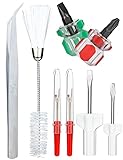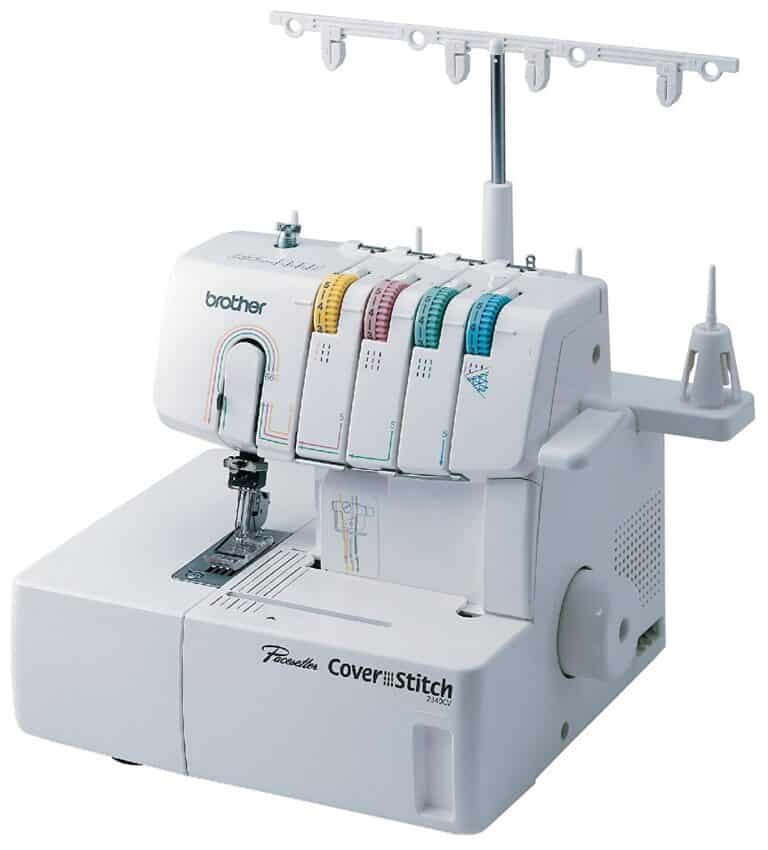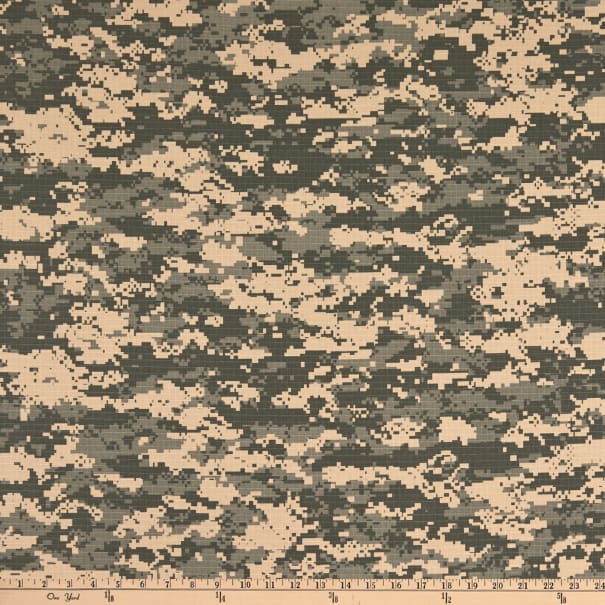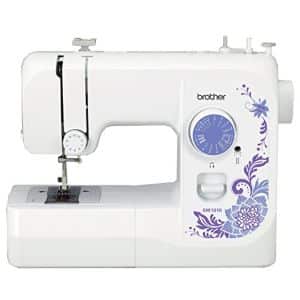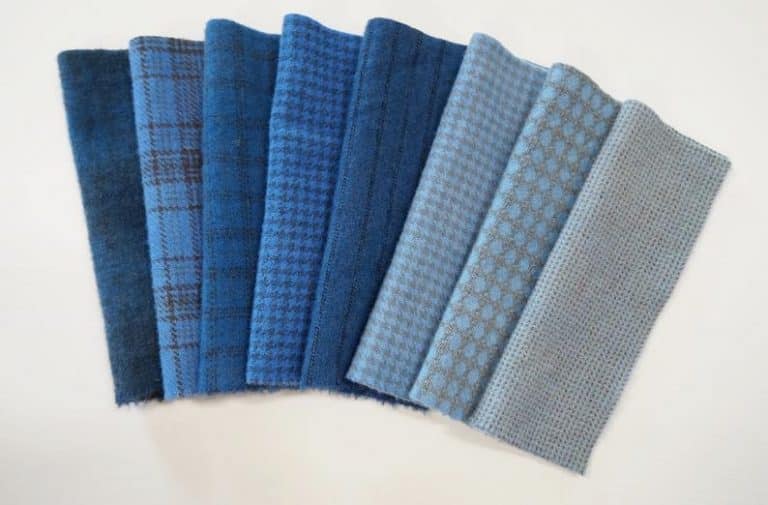4 Sewing Machine Repair And How To Fix Them
In this video, I will explain the most common sewing machine repair problems with household sewing machines that are seen in many repair shops. Most of these issues can be fixed at home and are often user error ( I am guilty Your Honor!).
I will cover topics such as spool pins and caps, thread quality and tension, take-up lever, and troubleshooting.
Table of Contents
- 0.1 Key Takeaways
- 0.2 What are the most common sewing machine problems and how can they be fixed?
- 0.3 How often should I have my sewing machine serviced by a professional?
- 0.4 Can I repair my sewing machine myself or should I take it to a professional?
- 0.5 How do I know when it’s time to replace my sewing machine instead of repairing it?
- 0.6 What are some preventative maintenance steps I can take to avoid sewing machine problems?
- 1 Spool Pins and Spool Caps #1 Sewing Machine Repair
- 2 Thread Quality and Tension #2 Sewing Machine Repair
- 3 Take-Up Lever and Troubleshooting #3 Sewing Machine Repair
- 4 Source
Key Takeaways
- Proper use of spool pins and caps can prevent the thread from snagging and causing issues with the machine.
- Choosing high-quality thread and correctly adjusting tension can improve stitch quality.
- Troubleshooting common issues, such as a jammed machine, can be done at home with proper knowledge and care.

What are the most common sewing machine problems and how can they be fixed?
How often should I have my sewing machine serviced by a professional?
Can I repair my sewing machine myself or should I take it to a professional?
How do I know when it’s time to replace my sewing machine instead of repairing it?
What are some preventative maintenance steps I can take to avoid sewing machine problems?
Spool Pins and Spool Caps #1 Sewing Machine Repair
Using a Spool Felt
When it comes to spool pins on your household sewing machine, it’s important to use a spool felt if you’re using a vertical spool. The felt provides a smooth surface for the thread to pull off of, reducing the chances of snagging or resistance. This is especially important for machines with dual vertical pins.
Different Types of Spools
There are different types of spools, such as cross-wound and stacked spools. Cross-wound spools are designed to run horizontally, but they can still be used successfully on vertical pins.
Stacked spools, on the other hand, often have issues with the thread falling off the bottom. To fix this, you can use a spool net, which is readily available and inexpensive at your local sewing shop.
Choosing the Right Size Spool Cap
One of the biggest issues we see with spool caps is using a cap that is smaller than the diameter of the spool itself. This can increase the likelihood of snagging the thread on the spool, causing the needle to flex, which can lead to a jammed machine and another sewing machine repair.
To avoid this, always use a larger cap than the spool itself. The spool cap provides a smooth surface for the thread to pull off of, reducing the chances of snagging.
Avoiding Common Mistakes
Another common mistake is pushing the cap too far against the spool or having the cap too far away from the spool. Both of these mistakes can cause issues with the thread getting wrapped around the spool, causing the needle to flex or jam. It’s important to find the right balance and make sure the spool can spin freely.
It’s also important to note that not all thread is created equal. Using cheaply made thread can cause inconsistencies and weaken the quality of your sewing. Just like you wouldn’t put low-quality gas in a high-performance vehicle, you don’t want to use cheap thread in a good-quality sewing machine.
By using a spool felt, choosing the right size spool cap, and avoiding common mistakes, you can ensure a smooth and successful sewing experience.
Thread Quality and Tension #2 Sewing Machine Repair
Importance of Thread Quality
When it comes to sewing, thread quality is just as important as the quality of the sewing machine. Using cheap thread can lead to unforeseen issues that will make sewing more difficult. Not all thread is created equal, and it’s important to invest in high-quality thread to ensure the best results.
Understanding Upper Thread Tension
Upper thread tension is the amount of pressure applied to the thread as it passes through the sewing machine. The tension is controlled by the tension discs, which apply pressure to the thread. The more tension on the thread, the tighter the stitch will be.
Finding the Correct Tension Setting
To find the correct tension setting, start at the center point or wherever the factory indicates you should be. Avoid using settings 0 through 2 or 9, 8, or 7, as they are either far too little or far too much tension. The correct tension setting should be indicated by a center mark or some sort of indicator.
Testing Top Tension
To test top tension, thread the machine with the presser foot up to ensure that there is tension when it’s dropped. Hold the end of the thread and drop the presser foot. If the thread doesn’t pull freely, there is tension. If it pulls free, there is zero tension, and you should re-thread with the presser foot up.
Common Tension Issues Causing Sewing Machine Repair
One of the most common tension issues is having the spool cap too far away from the spool. This gives the thread a lot of area before the cap itself that it could potentially get wrapped around, causing the needle to flex, jam, or throw the machine off time.
Another common issue is using a smaller spool cap than the diameter of the spool itself. This increases the likelihood of snagging the thread on the spool itself, causing the needle to flex and potentially jamming the machine.
In summary, understanding thread quality and tension is crucial for achieving the best results in sewing. Investing in high-quality thread and finding the correct tension setting can make all the difference in your sewing projects.
Take-Up Lever and Troubleshooting #3 Sewing Machine Repair
Importance of the Take-Up Lever
One of the most important parts of a sewing machine is the take-up lever. It is responsible for pulling the slack out of each stitch, which is necessary for tying the stitch. Without a properly functioning take-up lever, you will end up with loose stitches, thread tangles, and even machine jams.
Avoiding Take-Up Lever Issues
To avoid issues with your take-up lever, it is important to thread your machine correctly. Make sure that you have properly threaded your machine through the tension mechanism and around the take-up lever. If you thread your machine improperly, you may bypass the take-up lever, which can cause the machine to jam.
Another important thing to remember is to always lift your presser foot when threading your machine. This will release the tension on the tension discs, allowing you to properly thread your machine through the take-up lever.
Troubleshooting Tips #4 Sewing Machine Repair
If you are experiencing issues with your take-up lever, there are a few troubleshooting tips you can try before taking your machine in for repairs. First, make sure that your machine is properly threaded through the tension mechanism and around the take-up lever. If you are unsure, consult your machine’s manual or a professional.
If you have properly threaded your machine and are still experiencing issues, try cleaning your machine. Dust and lint can accumulate in the take-up lever and other parts of the machine, causing it to malfunction. Use a soft brush or compressed air to clean your machine.
If you have tried these troubleshooting tips and are still experiencing issues with your take-up lever, it may be time to take your machine in for repairs. A professional can diagnose and fix any issues with your machine, ensuring that it is running smoothly and efficiently.
Source
Watch the video here


